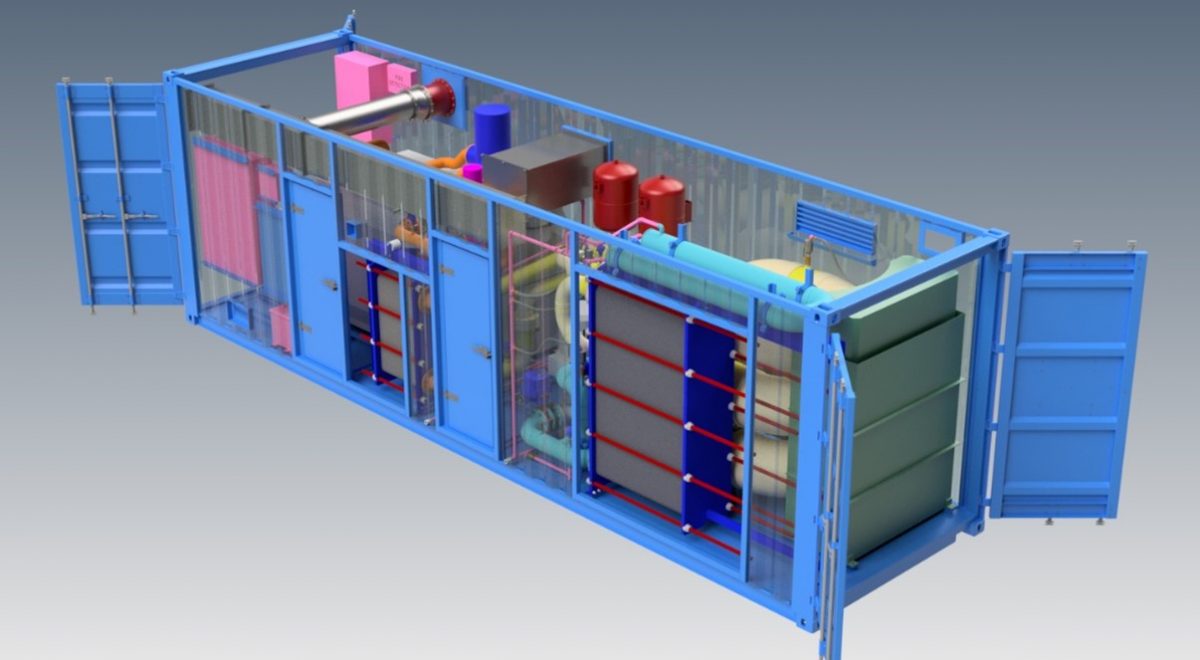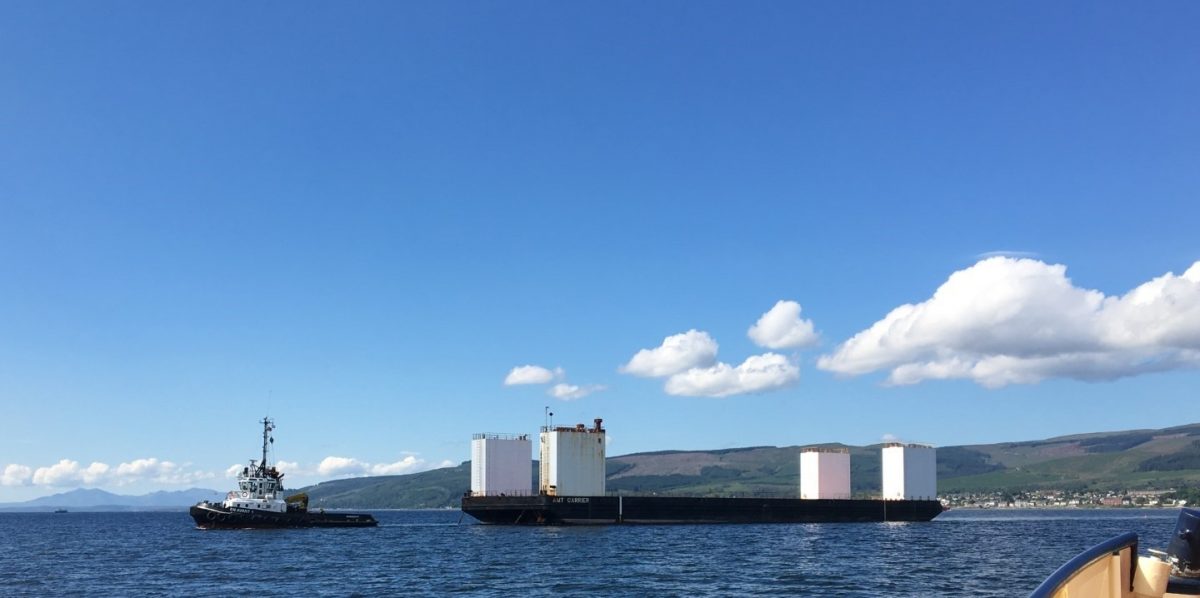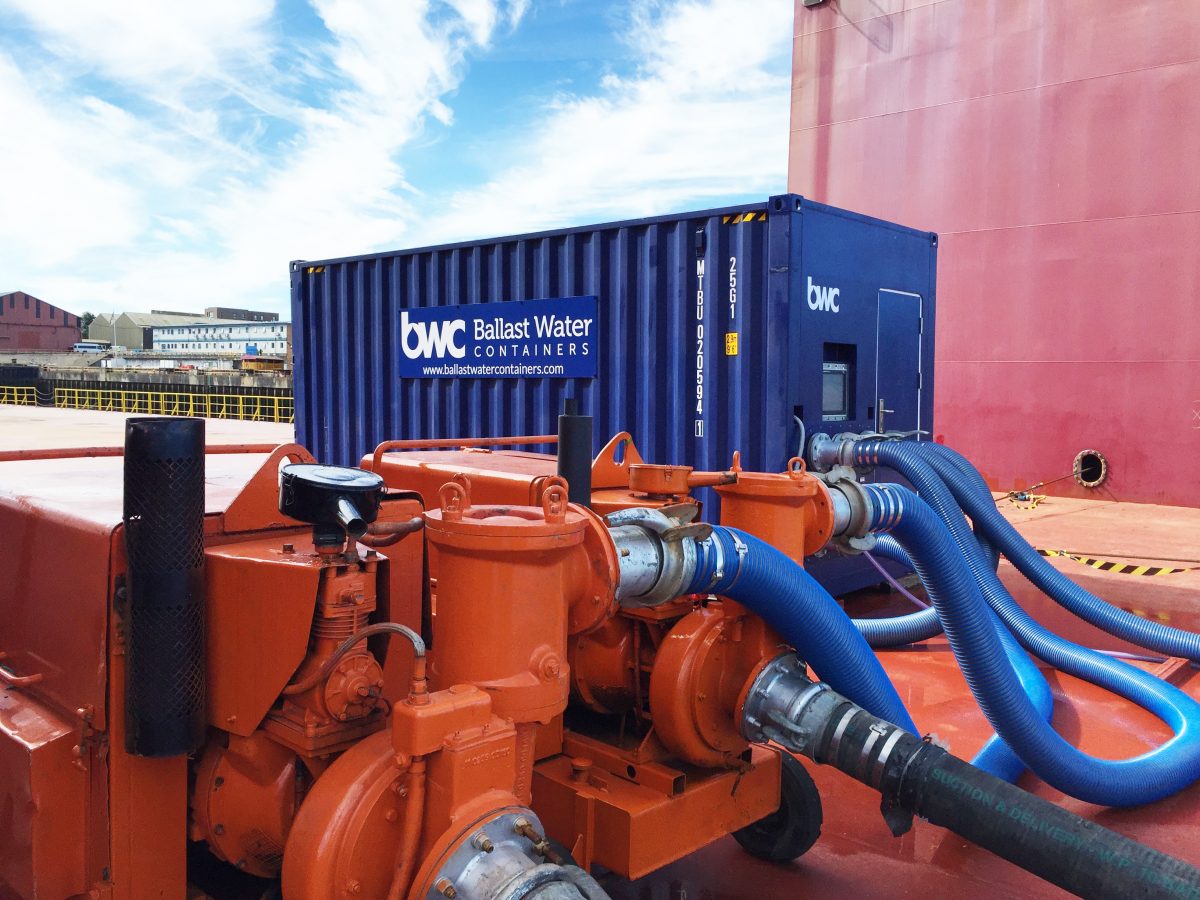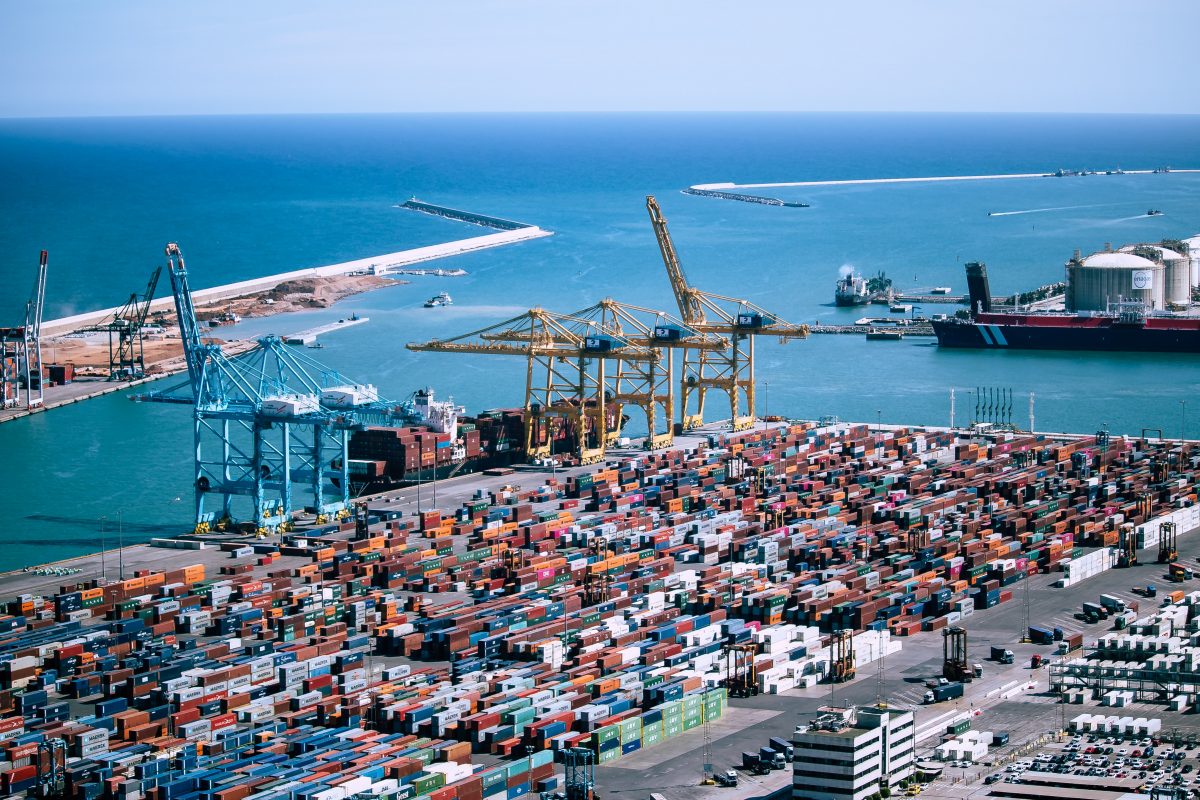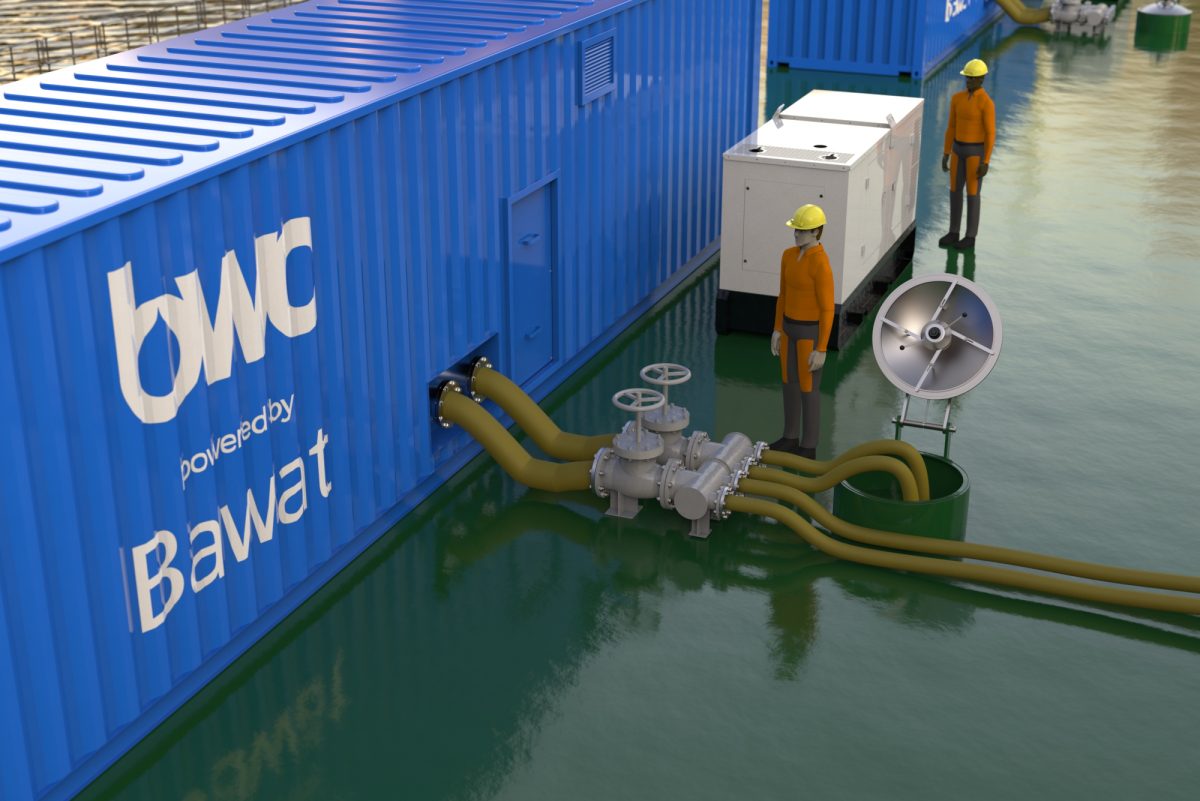- Top Tip Series: BWTS Container Design - What to consider
It’s no secret that when embarking on the journey of BWM compliance, there are many aspects one needs to consider before the engineering and design stages, such as cost, technology selection and installation type.
The process of BWTS containerisation is very similar. However, once these aspects have been determined, the engineering design differs in many respects when compared to a typical retrofit.
A typical retrofit on a shipping vessel, for instance, would firstly involve an onboard survey which would include a 3D scan. This information then allows the engineering team to use 3D plant-design software to determine how the selected equipment would physically fit in the desired location and design the connecting pipework using standardised buttwelded pipe fittings.
Since the installation location will already have existing equipment present, the result of this process, although technically fit-for-purpose, is often an equipment layout which is unnecessarily disjointed with a large amount of meandering pipework to meet the connection points.
Simply put, equipment layouts of this nature would be impossible in a containerisation project.
Containerisation on the other hand, involves installing the same equipment in a much smaller, pre-determined, space. This restriction forces the requirement for creative and innovative engineering when it comes to the design of the equipment layout and allowance for maintenance spaces. Often the design of the pipework will also involve considering unconventional fabrications at individual component level.
In addition to the engineering design of the BWTS, the production of the container housing itself has various aspects which need consideration. Under the ISO 668 framework, there are fourteen standardised sizes for containers. The common assumption is that the process of containerisation consists of selecting an appropriate standardised size and simply installing equipment inside. However, in many cases standard ISO 668 certification will not be sufficient and environmental factors will call for a higher specification of container, such as an offshore container or a service module.
All of this makes for a complex process of engineering design and specification, however the benefit of this is that the end-result is an engineering system which is tailored specifically to the clients’ applications with a far smaller physical footprint, using less raw materials – ideal for mobile, temporary and/or port-based systems.

